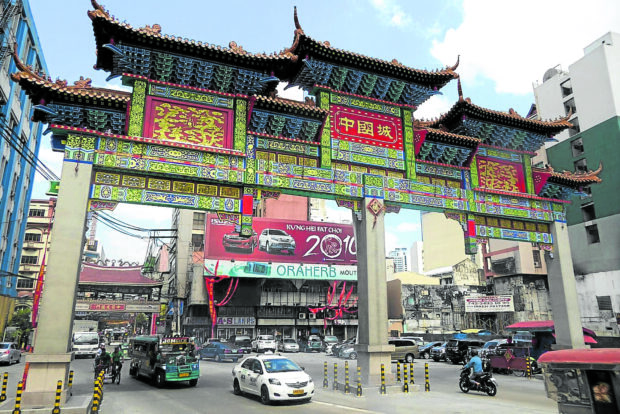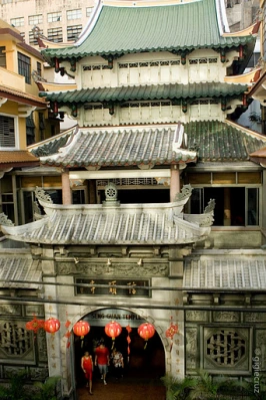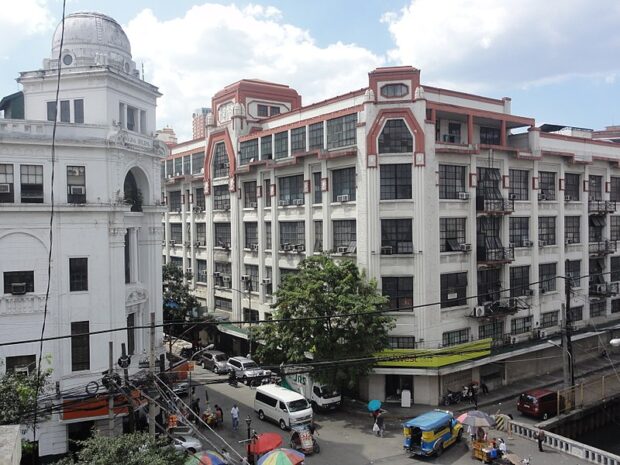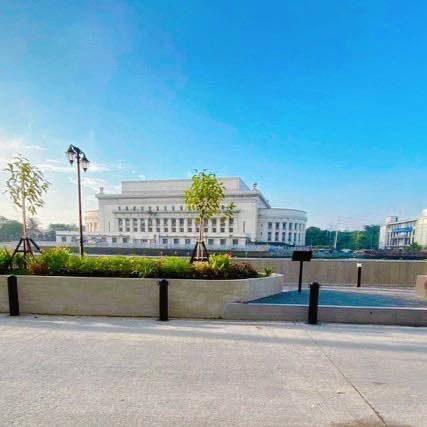Manila Chinatown’s architectural treasures, marvels
Renowned as the world’s oldest Chinatown, the district of Binondo in Manila remains to be an important part of our country’s heritage and history.
Also called Manila’s Chinatown, Binondo was originally built as a settlement for the Catholic Chinese. But as years passed and communities grew, it eventually became a business and financial center in Manila.
Amid its progress, Binondo has retained its distinct old world charm, having preserved the ambiance of centuries-old Chinese traditions from its streets, structures and establishments which all highlight the district’s rich culture and history.
Today, Chinatown attracts many local and foreign tourists, evident in the proliferation of food and walking tours here. From the popular eateries and restaurants that offer authentic Chinese food to the feng shui shops where you can consult with masters and purchase cures and other elements to usher in luck, prosperity and happiness to your homes and lives, Manila’s Chinatown has an abundance of activities to experience and sights to behold.
Also drawing interest from tourists are the centuries old structures including Spanish churches, as well as Buddhist temples, art deco buildings, and modern structures. Here are some of them.

Chinese Goodwill Arch
This eye-catching structure serves as a spatial marker to welcome visitors to Chinatown, and symbolizes the friendship between Chinese immigrants and Filipinos.
This ornate P28-million arch, courtesy of Chinese donors, was inaugurated in June 2015 to mark Manila’s 444th founding anniversary. Its unveiling also served as an occasion to call for a peaceful resolution of the maritime and diplomatic tensions between the Philippines and China.
Measuring 63.8 feet high and 74 feet wide, the structure is about four feet taller than the welcome arch in the Chinatown area of Washington DC.

Seng Guan Temple
Located on Narra Street in Binondo, this temple is among the most frequented Buddhist places of worship in the Philippines.
One of the most ornately designed temples in the country, this beautiful Buddhist temple has a huge stupa, meditation rooms, and shrines like the Hall of Ten Thousand Buddhas. On Chinese New Year, the Seng Guan Temple is filled with prayers and smoke from burning incense from visitors.
Guan Sheng Fu Zi Temple
Established in 1882, this temple is known to be the oldest Buddhist temple in the country and one of the remaining few places where the traditional Chinese opera kaoka is performed. It is located on the upper portion of a building on Kipuja Street, the same spot where the original temple, built in the late 1800s, once stood.

First United Community Museum
Housed in the prominent First United Building, this modest community museum is dedicated to Sy Lian Teng, a self-made Chinese tycoon, whose life was closely intertwined with the rich history of Escolta Street through the department store he owned.
The First United Building is a notable piece of architecture because of its art deco style that became popular in Manila during the American colonial period. It was designed by Ar. Andres P. Luna, son of Juan Luna. The building was acquired by Sy, who owned Berg’s, in 1979.
Today, the museum contains photographs and artifacts from Escolta’s glory days when it was once Manila’s premier business and shopping district.

Plaza Yuchengco
The Yuchengco Park, a new addition to Binondo, offers a scenic view of the marvel of Escolta and several prominent structures like the Jones Bridge and the Manila Central Post Office.
Inaugurated in June 2022, the park is located along Muelle del Banco Nacional street, spanning the streets of Yuchengco to Burke. It has a length of 285 meters and when it was first opened, the park featured 24 Philippine native flowering trees, 28 lamp posts, 16 light bollards, 14 plant boxes, and eight plant wells.
Sources: Inquirer Archives, lonelyplanet.com, Official Facebook page of Plaza Yuchengco
